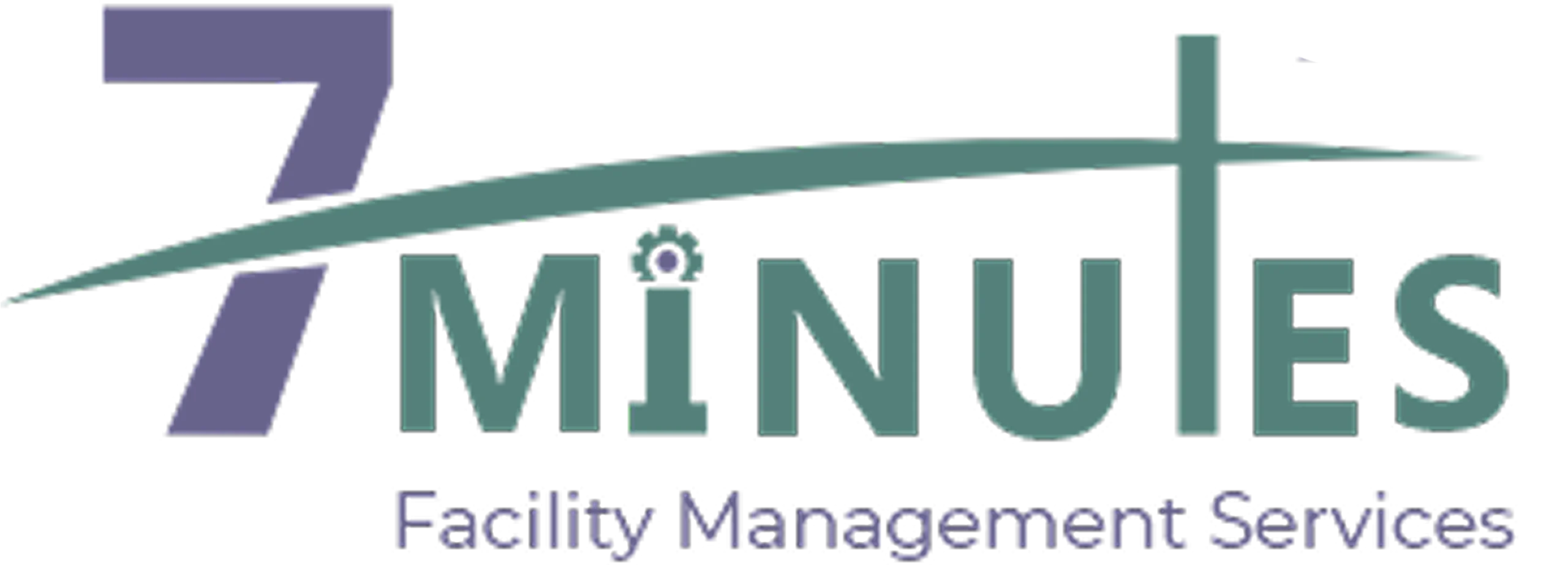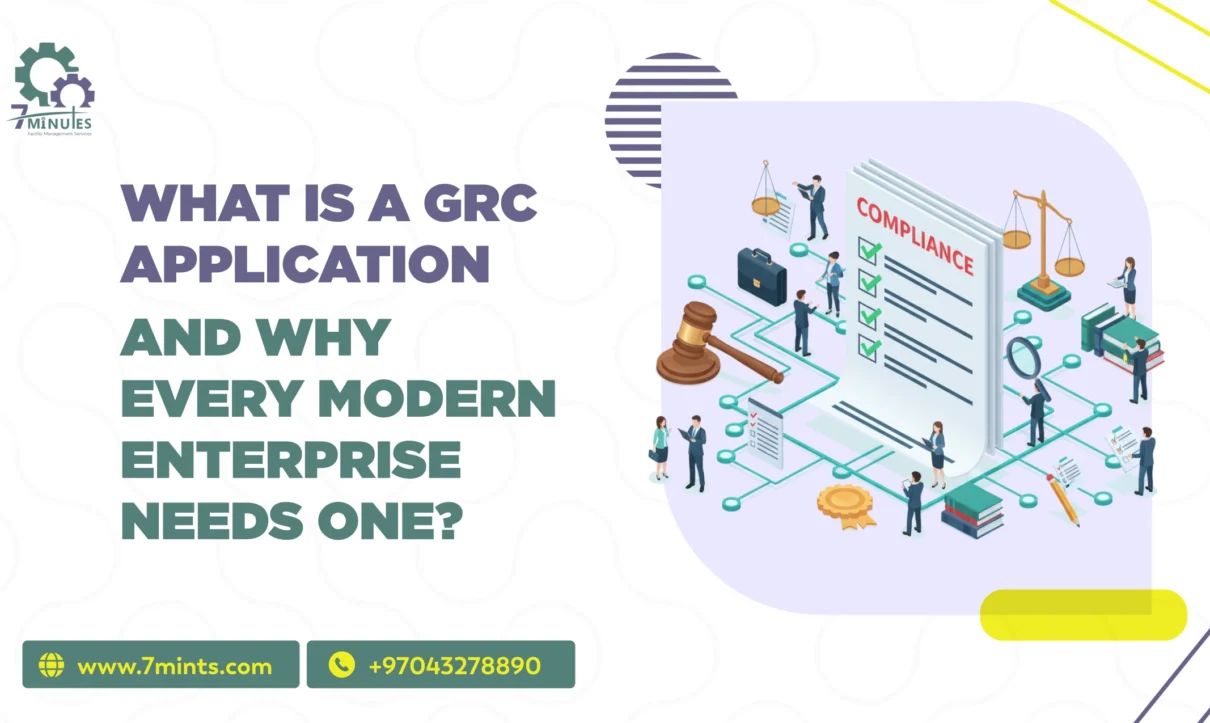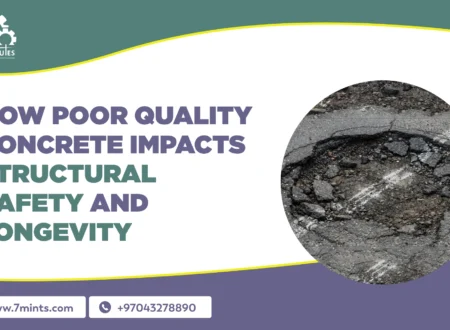Think of it like managing a business, and everything appears to be fine, and suddenly an audit comes in and reveals hidden gaps. The problem lies in the fact that GRC applications are essential in this scenario.
GRC is short for Governance, Risk, and Compliance, which are the three areas that these tools assist businesses in managing effectively, if not completely. They ensure that rules are obeyed, risks are assessed, and regulations are honored—and all of these happen in one unified system.
-
What Is a GRC Application?
A GRC application is a software solution that assists enterprises in governing processes, tracking risks, and preserving compliance. Just picture it as a virtual monitoring center that keeps the business’s flow, safety, and readiness for audits organized.
Governance: Governance guarantees that the company’s policies are adhered to by all and that the employees are working towards common objectives. This ensures consistency, reduces errors, and aligns teams with the organization’s vision.
Risk Management: No matter what, a business will always have risks—for instance, cyberattacks and delays from suppliers. This forward-looking method is beneficial in keeping small issues from growing into big ones and also gives the companies the opportunity to work out their mitigation plans in the best way.
Compliance: Laws and industry standards such as GDPR, ISO, or SOC 2 tend to be complicated and are constantly changing. A GRC application not only keeps up with compliance but also issues alerts about changes or deadlines that are approaching and prepares reports that are ready for audits. Thus, it lightens the burden of non-compliance while ensuring that audits run smoothly.
“For example, a company with 100 employees can use a GRC tool to check GDPR compliance, which automatically sends training reminders, tracks completion, and generates compliance reports—making a previously complicated process much simpler.”
Why Modern Enterprises Can’t Work Without GRC
Many organizations still manage compliance manually through spreadsheets and emails, which is a slow, error-prone, and stressful way. A GRC application surely simplifies these activities and presents a few vital advantages:
Saves Time: Collecting data manually from different departments can take weeks. The Modern Enterprise GRC system gathers all data in one central location and automates the generation of reports, alerts, and audit tracking.
Prevents Surprises: Risks could surface all of a sudden, for instance, vendor compliance failures or internal policy breaches. In such a scenario, GRC tools continuously monitor the processes and alert management to potential issues before they escalate, allowing timely intervention and minimizing operational disruptions.
Builds Trust: Trust is the mainstay of any organization, so a GRC application is the proof of the organization’s commitment to good governance and compliance. Accordingly, the relationship with clients, partners, and even regulators is positively impacted; the organization’s reputation is bolstered; and possibly even the acquisition of a competitive edge is the result.
Supports Smarter Decisions: The real-time dashboards coupled with analytics deliver to the decision-makers an up-to-date picture of risk exposure and compliance status. Hence, Modern Enterprise they can suitably prioritize the high-risk areas, effectively allocate the needed resources, and also implement controls, thereby ensuring that the operational outcomes are indeed better.
Example: A medium-sized company that was using a GRC tool reduced its audit preparation time from three weeks to five days. The leadership was able to view all the risks on one dashboard, thus enabling them to respond quickly and at the same time reducing the stress levels during the audit period.
-
Key Modules of a GRC Application
A GRC application consists of different modules, and each module addresses a specific area of governance, risk, or compliance. Companies that get the hang of these modules will be able to use the tool to their advantage:
Compliance Management: It takes measures so that the organization is compliant with the respective laws, regulations, and industry standards like ISO, GDPR, or SOC 2. Modern Enterprise Automation is the mainline through which reminders, alerts, reports, and so forth go to maintain compliance continuously, as well as reduce the risk of violations or fines.
Policy Management: It is a centralized platform for company policies where employees can easily access, acknowledge, and follow the policies. It creates uniformity among different departments and clarifies the roles, responsibilities, and procedures, thus eliminating confusion.
Audit Management: It is an efficient way of scheduling, tracking, and documenting audits. The use of automated evidence collection and reporting saves time, minimizes errors, and gives the regulators a transparent and accurate audit trail. Check out our latest blog post on 5 Common GRC Implementation Mistakes and How to Avoid Them
Integrations: It is an automatic connection with ERP, HR, IT, and cloud systems for data updates. For instance, changes in the HR system regarding employee data can automatically trigger compliance checks in the GRC application without any manual input, thus making it more accurate and efficient.
-
Who Owns GRC Inside a Company?
GRC gets shared among various roles, and it is a very collaborative effort. Different stakeholders guarantee that the governance, risk, and compliance processes are always running smoothly and effectively.
Executives & Board: Top management and board members are the ones who not only set the policies with the use of GRC performance dashboards and reports but also get an overall view of the company’s Modern Enterprise GRC through these dashboards and reports. They will not only confirm the alignment of the organization’s risk appetite and strategic goals but also take their engagement in the process as a signal of compliance’s importance to everyone in the company and that governance being part of the business success is not optional but rather a requirement.
IT & Security Teams: The technical side of GRC is handled by IT and security teams who keep the integrations running, monitor the security risks, and resolve the tech issues related to the threats. Modern Enterprise IT and security teams ensure that digital processes comply with regulations and actively protect sensitive data from unauthorized access or leaks, which is important in today’s digital-first business environment.
Employees: Employees assume a very serious role in the whole process by following the rules of the company, attending the compulsory training sessions, and reporting any incidents or risks. Their contribution is the mainstay of the GRC system, allowing it to function efficiently in practice and not just in theory. The flow of active participation and alertness amongst the employees reinforces the governance and at the same time decreases the risk to the organization.
Conclusion
In the current brisk business world, it is not enough to handle governance, risk, and compliance manually. The GRC application functions as a central hub that streamlines Contact us as the complex processes detect risks at an early stage and keep everyone, from top management to regular staff, involved in making GRC effective. When used correctly, it can save time, minimize mistakes, and increase confidence throughout the organization.










1 Comment
Comments are closed.